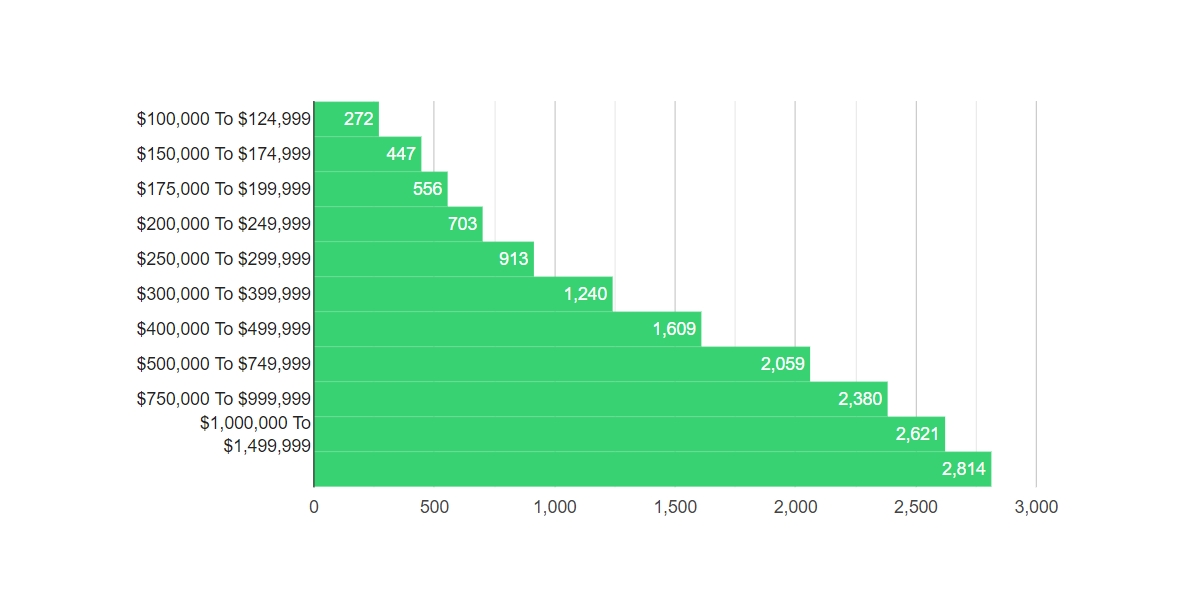
Health insurance is a vital aspect of compensation for many employers. For the past 10 years, however, these benefits have been increasing in price. These factors include rising deductibles and prescription drug costs, as well as the increasing cost of health system pricing. These trends are driving premiums to rise and depressing wages. Many employers are frustrated with increasing costs and administrative burdens. Some are looking for non-wage alternatives.
Employers increasingly use wearable devices to improve their wellness programs. One survey found that one-fifth of employers collect data from employees' devices. While health insurance continues to be driven largely by rising prices, employers are increasingly looking at alternative payment methods to help their employees.
According to the Congressional Budget Office (CBO), the number Americans who are covered by employer-sponsored health plans will remain the same 159million in ten year. It means that tax-preferential health insurance will not change. However, the cost of single coverage in 2019 will be higher than 9.86% of household's income.

Premiums cover not only the price of health insurance, but also the cost to pay deductibles. The deductible for workers in the United States is at least $2,000. A quarter of American workers have a deductible of at least $2,000. This is why many companies choose to self-insure their employees. The self-insured policy saves money when there are fewer claims. If the claim is more than anticipated, the employer will have to pay an additional amount.
Small group rates are determined by the age mix of the employees. Massachusetts's average annual wage for workers under 25 is $1186, while Massachusetts's average annual rate for those over 25 is $6,896.
Larger employers can have greater control over their plan coverage. Large employers usually offer a biometric screening for employees. They also provide a wellness program for employees and encourage them to go to lower-cost providers. Employers in the public sector have the option to customize their health care plans to suit their individual needs.
The Affordable Care act will allow employers with 51 to 100 employees to enter a merged insurance market for 2016. These employers can expect premiums to rise by as much as 9 percent. It also requires states to set rate annually. The annual penalty for those who don't provide affordable plans is $3,480

In order to comply with the ACA, some small employers must make additional contributions to subsidize health insurance for their workers. Massachusetts employers are required by law to contribute $50 annually per employee.
Despite these requirements however, there is still a decrease in the number of employers that offer health insurance. Many small employers are dissatisfied with the uncontrollable costs of benefits, after a decade filled with rapid increases. Despite the fact that health insurance rates have not increased for most employers, some employers are still struggling to retain their employees.
As unemployment remains low, so is the difficulty in keeping employees. Employers face this problem. Employers will be penalized $2,320 per employee if they do not offer health insurance. In addition to the fines, COBRA is a law that requires employers and employees to provide continuous health care.